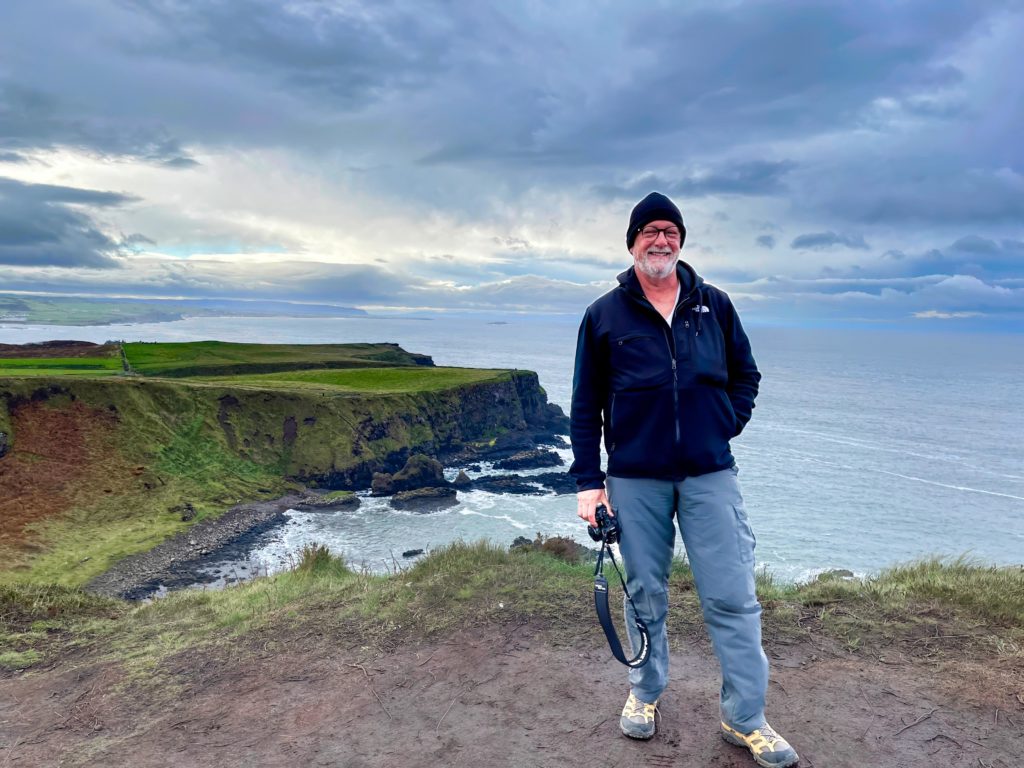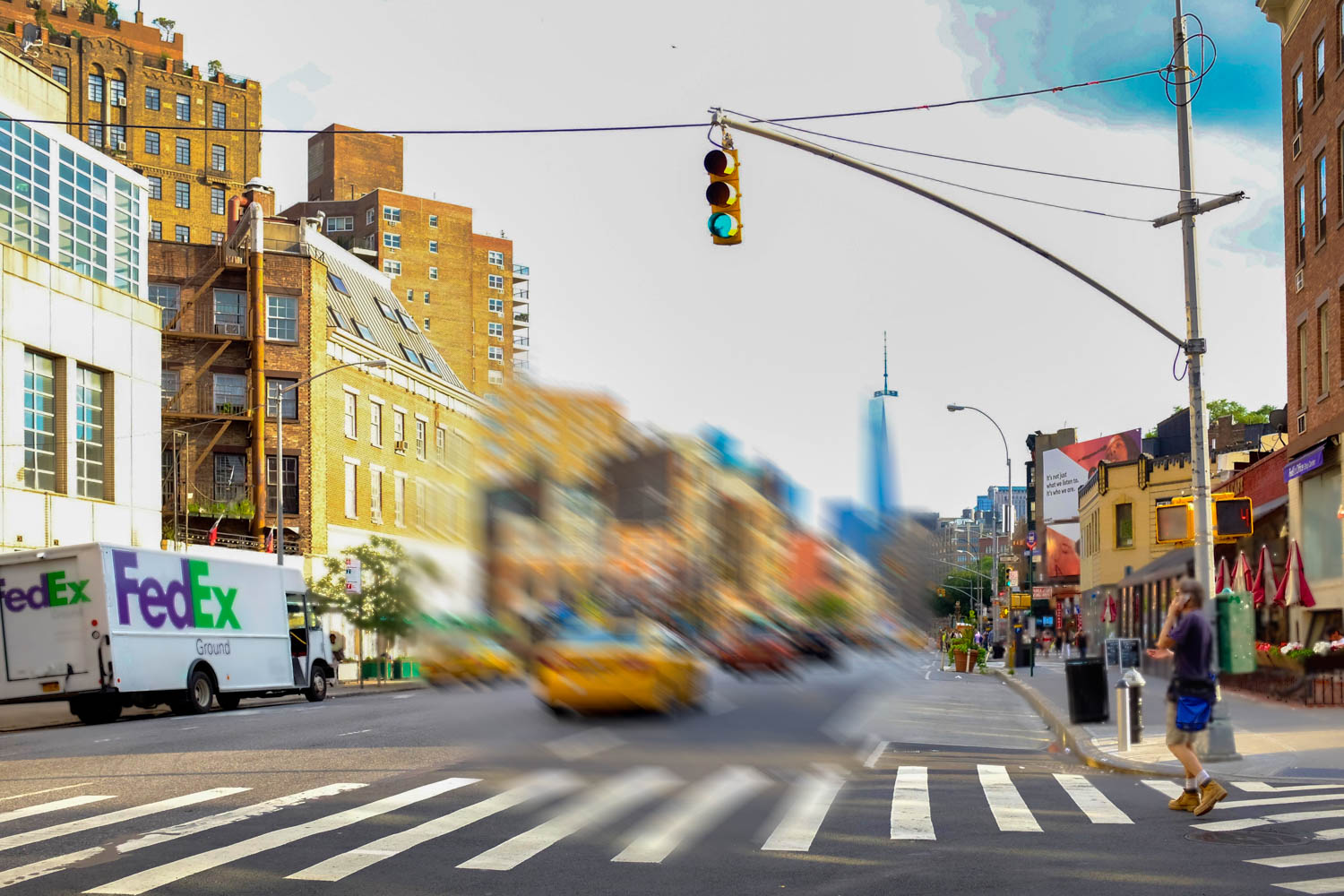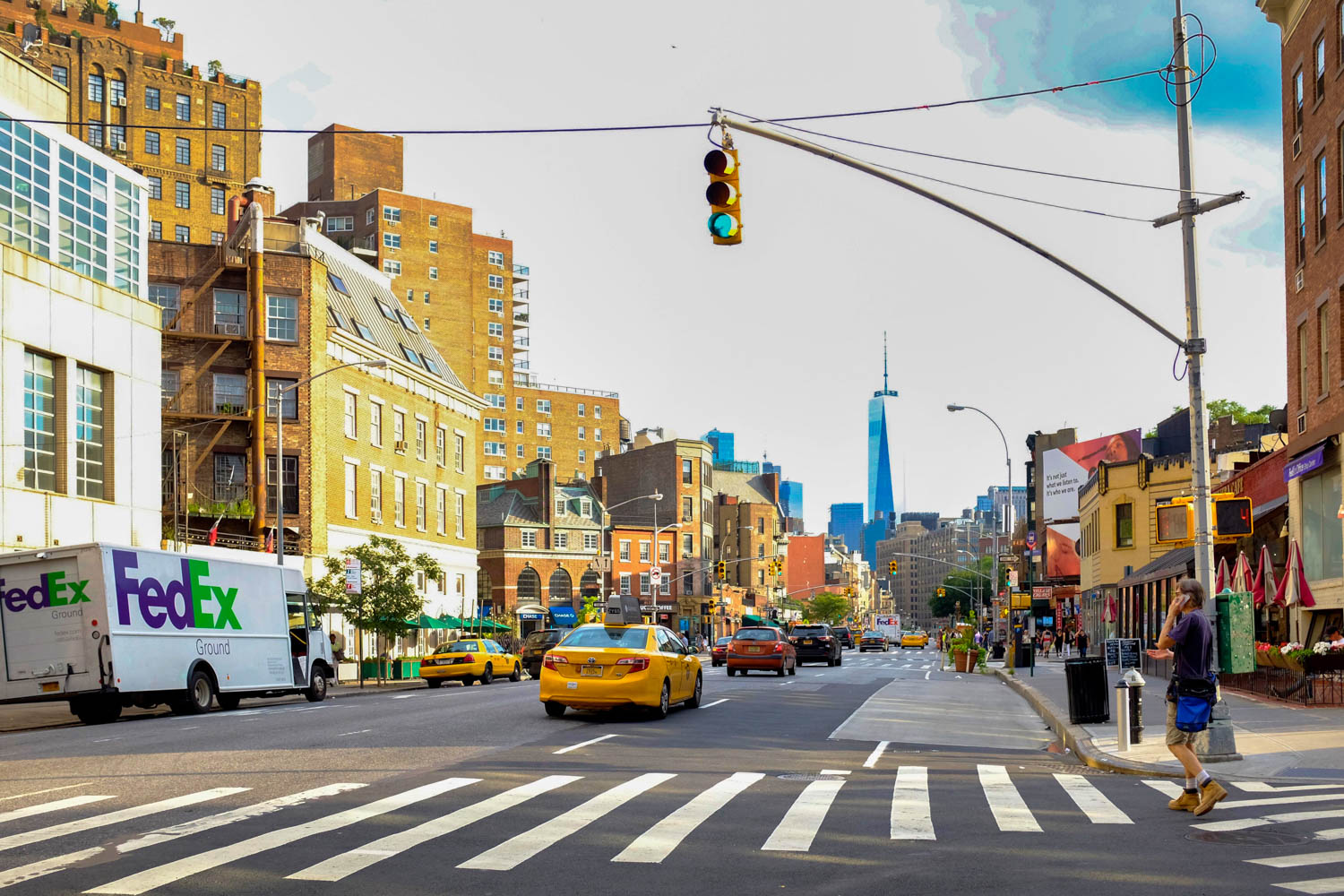My love for photography began when I was a child, starting with my first camera, a Kodak Instamatic X-15, a camera I still own. By the age of 18 I became serious about photography and using my Canon FTb 35mm and Rolleicord Twin Lens Reflex camera, I began to study photography in college. Although I ended up dropping out and didn’t pursue photography as a career as I had hoped, for decades photography was my favorite hobby.
I spent the bulk of my working career as an e-commerce Product Manager for large media companies. For years towards the end of my career, I led R&D teams at leading stock image companies where we invented AI-based tools that used computer vision to help users locate the perfect image or video. I was fortunate to finally have photography both as my vocation in addition to being my favorite hobby.
During a routine yearly eye exam In 2017 when I was 56, I was diagnosed with Stargart’s Disease, a genetic eye disease. Stargardt degrades the central part of the retina, and with no treatment or cure, it usually causes blindness by the age of 20. Given that my vision was still 20/25 at the time of my diagnosis, I naively did not worry too much about my vision and what might happen to it.
Flash forward to the spring of 2020 and the beginning of life during lockdown when my genetic timebomb of Stargart’s caught up with me as my central vision began to fail rapidly. By the fall of 2020 I had lost the ability to drive, and by December, a week before my 60th birthday, my doctor told me my vision had deteriorated to 20/200, meaning I was now legally blind. Having struggled hugely at work as my vision failed, the day after learning I was legally blind, I retired and applied for disability. My vision has since deteriorated to 20/400. What this means in practicality is that I cannot read even the largest letter on an eye chart.
At this point, it would be helpful to talk about the term “blind” and just what that means. The definition of legal blindness is visual acuity of 20/200 or less in the better eye, even with corrective lenses, or a visual field of 20 degrees or less. There are approximately 1.3 million people aged 40 and over in the United States who are legally blind. Additionally, there are approximately 11 million people in the U.S. over age 40 with significant vision issues that are not fixed by corrective lenses.
It’s estimated that the number of Americans with significant vision issues will jump to 20 million in the coming decade as the baby boomers continue to age. Until my own vision loss, like most people, I assumed being blind meant being completely sightless like Helen Keller or Ray Charles, however, of the 1.3 million legally blind in the U.S., 87% of us still have some level of vision.
What the term blind means for my vision is that I have a blind spot in the center of both my retinas which makes it extremely difficult to see any level of detail. The world around me is generally blurry, faces are indistinct and I cannot see text well enough to read without extreme magnification. I cannot see cars well enough when I cross the street, so I use a white cane to identify myself as blind when I navigate through crowded places. I am also extremely light-sensitive, so I wear dark glasses and a hat when I am outdoors during daylight, and I am mostly blind at nighttime.
What blind means for me as a photographer is that, although I can usually frame a shot despite its blurriness (thanks to 45 years of practice), I cannot read the dials on my digital cameras nor can I read the text in its menu or on the electronic viewfinder. I cannot tell if a shot is good or sharp using the LCD screen so I must wait until I’ve loaded the images onto my Mac. To view and post-process my images I wear glasses with high magnification and sit a couple of inches in front of a 43″ monitor and use the many accessibility tools built-in to my Mac that help me magnify the screen and read text aloud.
Because my vision loss forced me into early retirement and occurred during the first year of COVID, when my wife and I hardly left our home, between the pandemic, blindness, and retirement, I encountered a triple storm of significant challenges all at the same time. It left me with lots of time to ponder, to worry, and to decide what came next in a world that was different for me in virtually every way. My dream of retirement had been to get a 16-foot camping trailer, travel around the U.S. as a landscape photographer and sell my work at art fairs. In my new world without the ability to drive, I had to completely reimagine what the coming decades would look like.
As I began to pick up my cameras again, I started to explore what sharing my world via photography looked like in my new world. I found myself drawn to taking high-contrast B&W images, using infrared photography to explore the unseen light, to start shooting with my old film cameras with their manual focus lenses and need for light meters, to play, to experiment, to fail, and to reinvent myself as a photographer in a world where every photograph required me to overcome a series of hurdles just to produce a usable image.
Without the ability to hop in a car and explore the world like I used to, I started to focus on the world that was available to me only by foot. I decided to go back to college to get the degree that had eluded me all these years, and next month I’ll start back at university to get a degree in Studio Art with a concentration in Photography.
The loss of my vision has certainly slowed me down and impacted me as a photographer, but it has also provided me the opportunity to reinvent myself as an artist who takes more chances and makes different artistic choices that I likely would not have made had my vision remained intact.

My blindness imposed a distinct before and after on my life, but I am determined to think of my journey as just that – a before and after rather than a better and worse. I was recently asked to share my thoughts on photography and vision loss in an online photography magazine on Medium.com, and in those articles, I look forward to taking readers along on my journey of photographic reinvention as I explore the world quite literally with new eyes.

